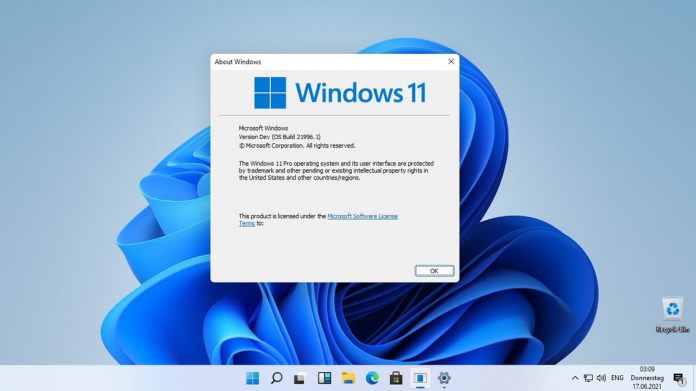When introducing Windows Autopilot in April, Microsoft claimed the program would make Patch Tuesday a regular event. If you’re unfamiliar with Patch Tuesday, it is a cumulative update/patch cycle held on the second Tuesday of each month. Microsoft says Autopilot will lessen the impact of Patch Tuesday: “This service will keep Windows and Office software on enrolled endpoints up-to-date automatically, at no additional cost. IT admins can gain time and resources to drive value. The second Tuesday of every month will be ‘just another Tuesday’,” Microsoft says. Windows Autopilot is available for Microsoft 365/Windows Enterprise E3 and E5 customers. In public preview, Microsoft says it expects a full launch in July.
Details
Autopatch is a managed service that links to Patch Tuesday but provides automatic patches when needed. This includes for Windows 10 and Windows 11 covering firmware and drivers, as well as Microsoft 365 apps like Word, Teams, PowerPoint, and Outlook. “Windows Autopatch applies updates to your Windows operating system and configures automatic updates for Office applications,” Microsoft explains. Microsoft was Windows Autopatch to do the heavy lifting so organizations can remove many manual elements of the update process. According to the company, Autopatch will fill in gaps that currently exist when a patch is released and the time it takes for an organization to install it. “Office rollouts follow a unique, fixed schedule – they do not make use of ring-based progressive deployment and are not controlled by Autopatch,” Microsoft adds. The company points out that Autopatch works differently with Microsoft Teams and Microsoft Edge: “The Microsoft Teams client application is synchronized with changes to the Teams online service. As a result, updates to this client occur on a different cadence than general Windows or Office updates. Microsoft Edge also has its own update channel to facilitate frequent revisions to the browser. Windows Autopatch progressive deployment is not used for either Teams or Edge updates, nor do the pause or rollback actions apply to either application”. Tip of the day: File History is a Windows back up feature that saves each version of files in the Documents, Pictures, Videos, Desktop, and Offline OneDrive folders. Though its name implies a primary focus on version control, you can actually use it as a fully-fledged backup tool for your important documents.




